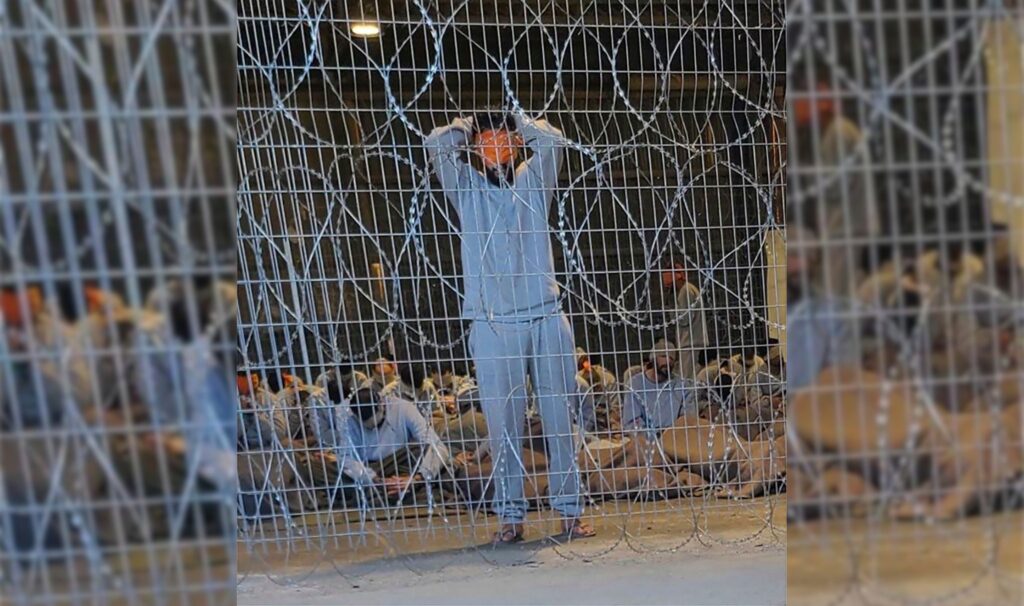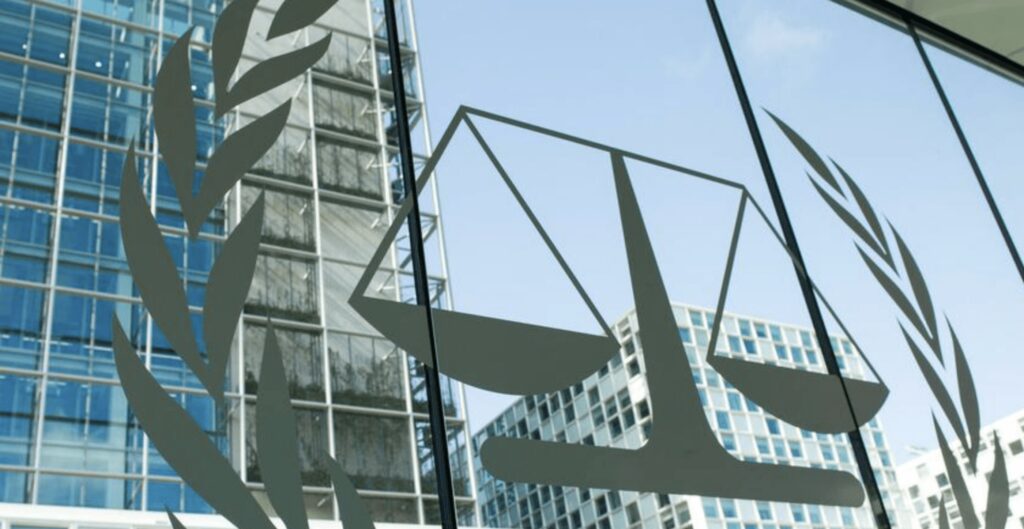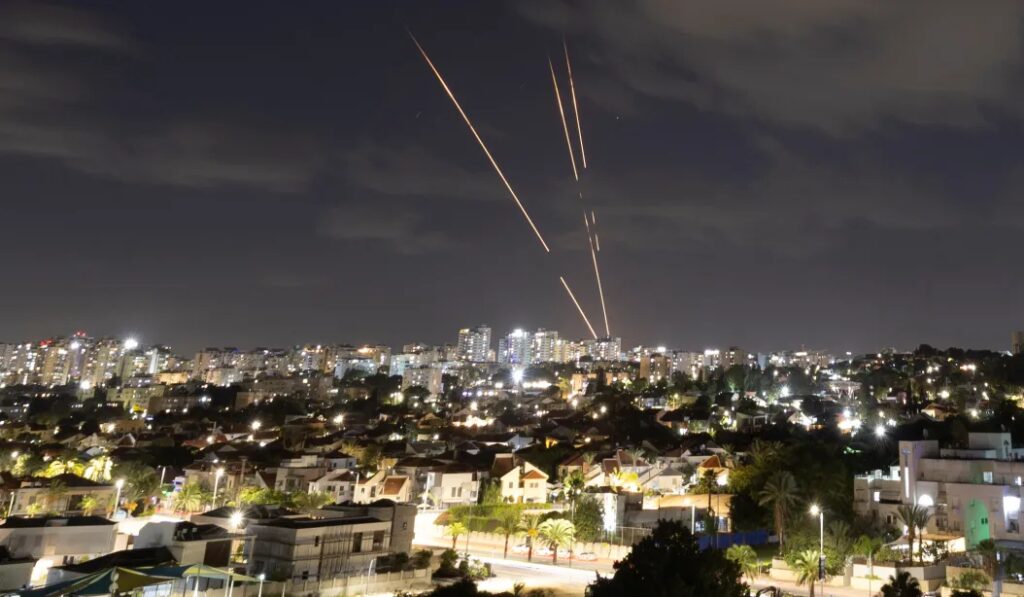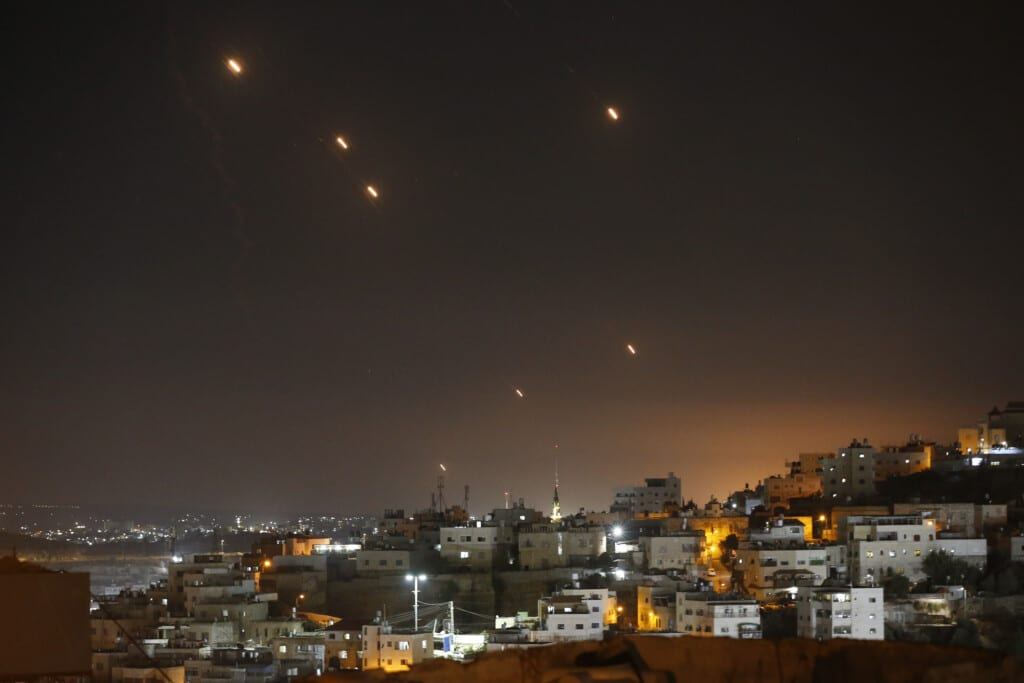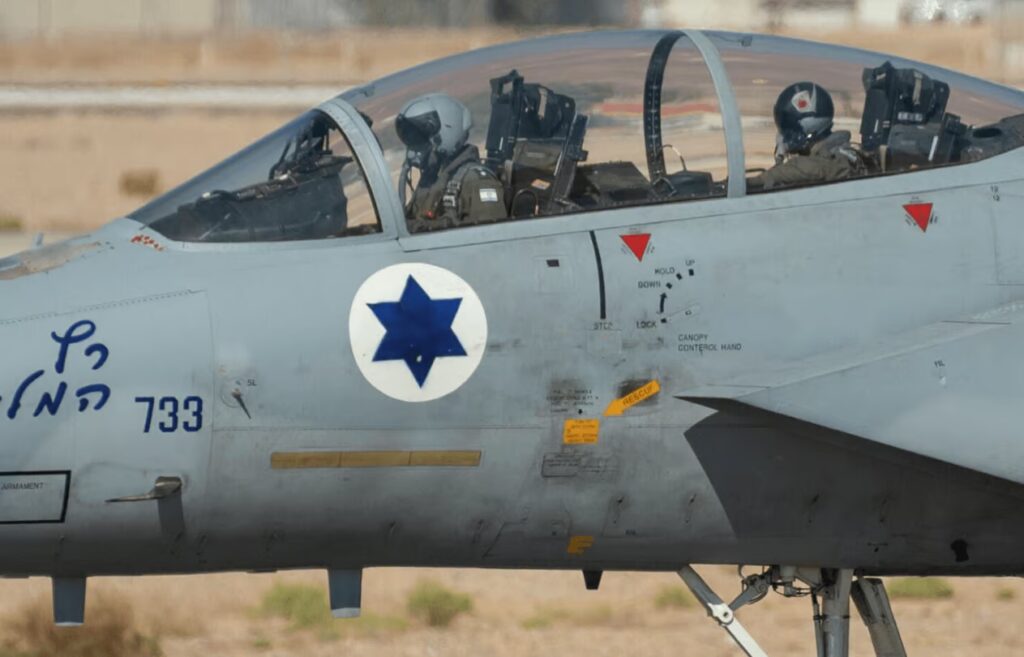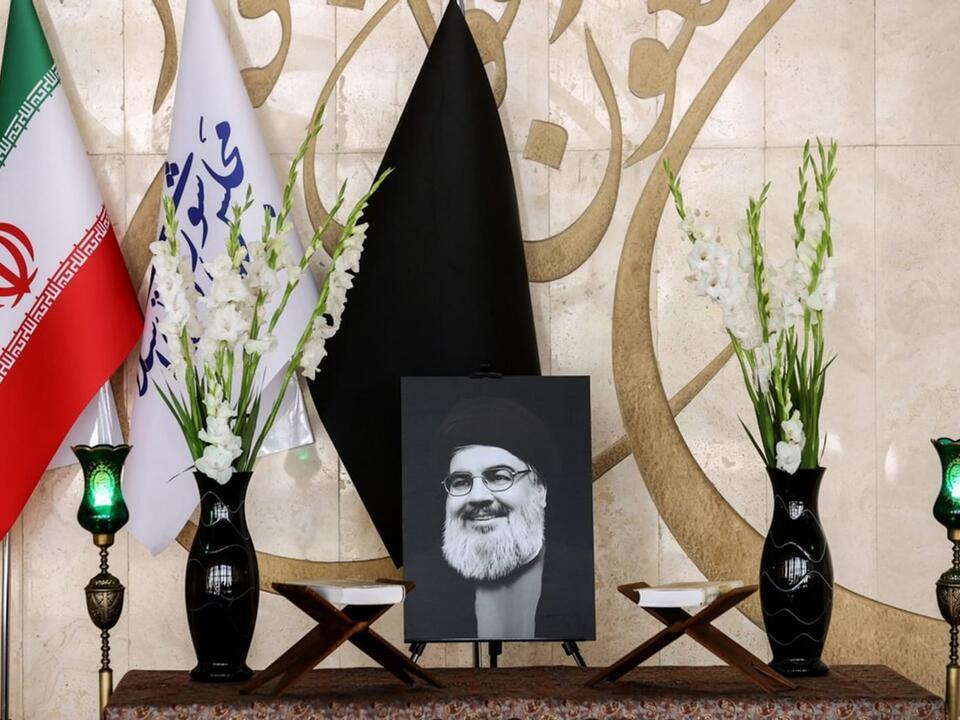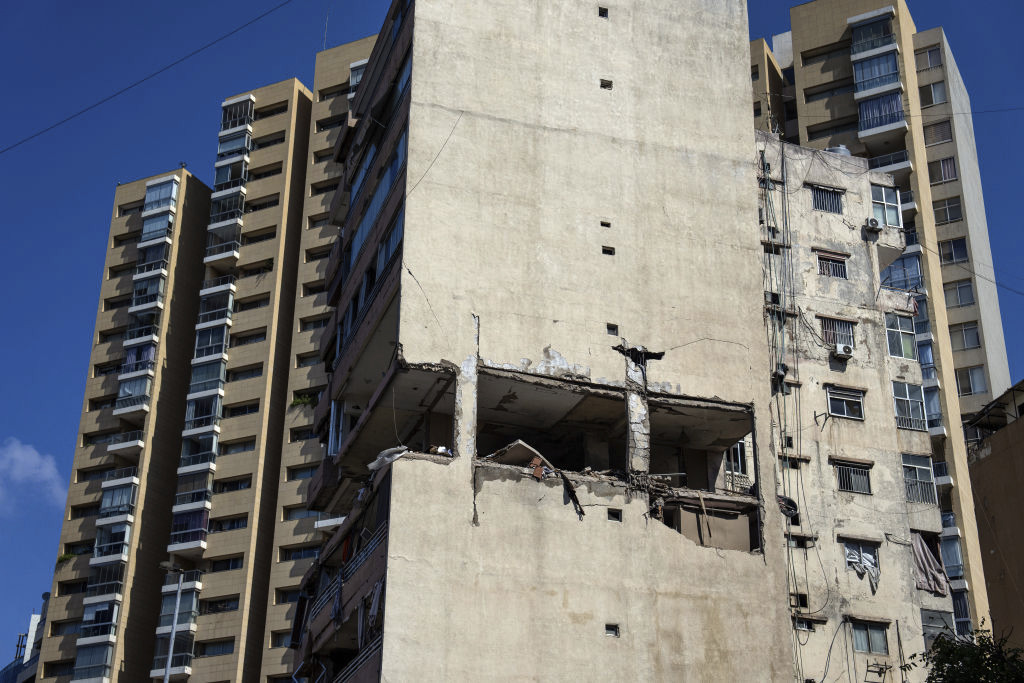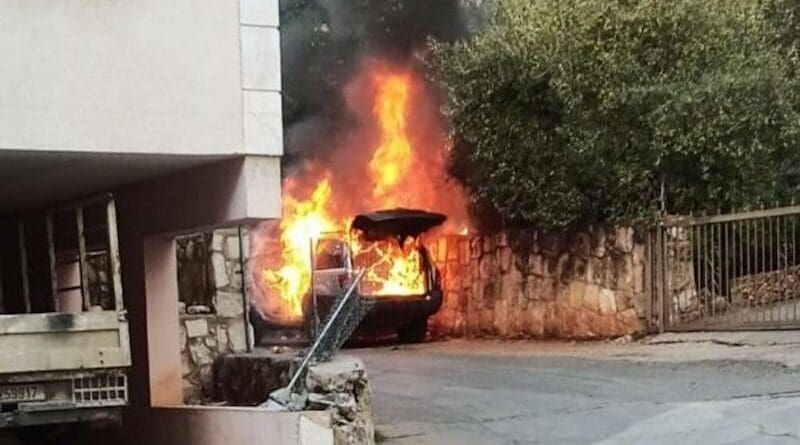Writers And Politicians In Lebanon And Arab World: Nasrallah’s Assassination – A Golden Opportunity For Lebanon To Retake Control Of The Country From Hizbullah
The assassination of Hassan Nasrallah, Hizbullah’s secretary-general for more than 30 years, in a September 27, 2024 Israeli airstrike is being viewed by anti-resistance-axis politicians and journalists, both inside and outside Lebanon, as a rare historic and “golden opportunity” to remove Hizbullah from the equation and rebuild Lebanon. This opportunity, they stressed, must be seized quickly before the terror organization recovers and “Lebanon is lost forever.”

